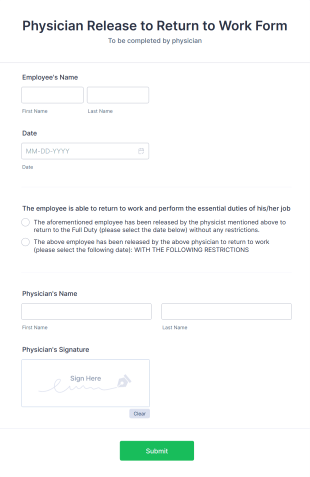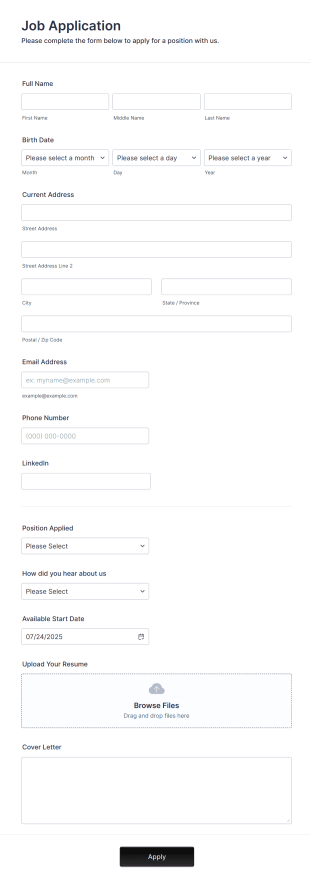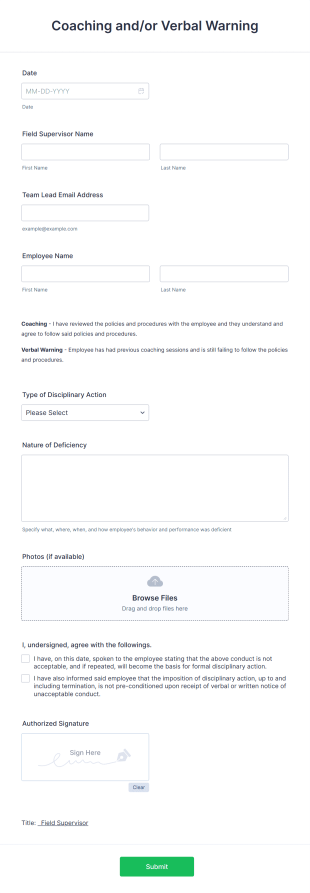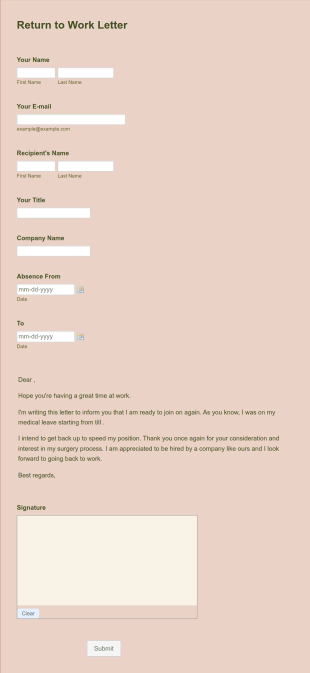360 Degree Feedback Survey FAQs
1) What is a 360-degree feedback survey?
A 360-degree feedback survey captures the full picture of an employee — including their personality, work ethic, and overall skill set — through the eyes of their colleagues.
Colleagues, managers, direct reports, and sometimes even clients or vendors can complete a 360-degree feedback survey. These surveys provide an employee with a full understanding of how their behaviors and work affect people they interact with daily. To prevent retaliation and a negative work environment, organizations often make these feedback surveys anonymous.
While no one particularly enjoys being the subject of a critique, a 360-degree feedback survey that encourages thoughtful, constructive feedback is an effective way to help an employee better understand their strengths and weaknesses, and identify areas for improvement. This type of survey can also be especially helpful for managers to reference when it’s time for performance reviews or promotions.
2) How do you create a 360-degree feedback survey?
The easiest way to create a 360-degree feedback survey is with an online form builder like Jotform. With a code-free, user-friendly solution, you can
- Build a 360-degree feedback survey from scratch or with a template
- Customize it to match your brand aesthetic, like adding your organization’s logo, tagline, and colors
- Add your survey questions
- Share it via link or email or embed it within your company website
- Receive notifications when participants complete and submit surveys
- Analyze the results of your survey and discuss them with the employee
Here’s how to create a 360-degree feedback survey with Jotform’s online form templates:
- Go to the Form Builder.
- Click the orange Create Form button in the top left-hand corner.
- Select Use Template.
- In the Search in all templates box, type in “360 degree.” (Note: This will populate a few different 360-degree feedback survey templates you can use, but we’ll be customizing a specific one for the rest of this how-to.)
- Find this 360-degree feedback survey form and click Use Template.
- Customize it as much as you’d like. For instance, you can do the following:
- Click the Acme Global For New Feature logo at the top center to replace it with your own logo.
- Click Add Form Element on the left to insert additional elements — from text boxes and CAPTCHAs to tables and widgets.
- Click the paint roller icon on the right to access the Form Designer. This is where you can change the form’s colors, styles, theme, and overall layout to better match your organization.
- Edit the text boxes (to change wording or delete from the form) by clicking in the box you’d like to change. Click the gear icon to open the Properties menu or trash can icon to delete the element.
- Once you’re happy with your 360-degree feedback survey, click Publish at the top of the page.
- Select how you’d like to share your form. In addition to sharing your feedback form via link or embedding it within your website, you can also download it as a PDF and print it.
With Jotform, you’ll receive notifications when respondents start completing the surveys. This allows you to view and analyze the 360-degree feedback surveys as people submit them instead of having to do it all at once. To access your form’s inbox, click the down arrow next to Form Builder at the top left of your screen, and then click Inbox to view your submissions.
You can always use word processing software to create a 360-degree feedback survey. However, designing and emailing surveys this way takes much more time than using online forms does.
3) What is an example of 360-degree feedback?
Though 360-degree feedback surveys differ from organization to organization — including how each organization creates, distributes, and analyzes them — the feedback tends to be similar. To best explain typical 360-degree feedback, let’s use the same template we used in the previous section: the 360-degree feedback survey template.
In this template, you’ll notice a Likert scale for all four categories: Communication Skills, Leadership Skills, Teamwork, and Others. You’ll often find Likert scales in surveys because they effectively measure people’s satisfaction levels and opinions.
They’re also especially helpful when analyzing surveys. With one quick scan of the form, you can see whether the employee has predominantly received “Excellent,” “Great,” “Good,” “Poor,” or “Very Poor” marks across all four categories. You can also easily tally these ratings if you want to give specific, numerical ratings to the employee.
In addition to letting an employee know how their colleagues rate them, the best 360-degree feedback surveys include space for comments and suggestions. Ideally, the respondents use this space to provide further details as to why they’ve chosen a specific rating, especially “Excellent” or “Poor/Very Poor.”
By providing as much specific, detailed feedback as possible, the respondent gives the manager something to work with when they meet with the employee. The manager can use the survey feedback to map out the most logical next steps for the employee — whether that’s a promotion, termination, or a professional development plan.
4) What questions should I ask for 360-degree feedback?
First and foremost, to increase the likelihood that participants complete your 360-degree feedback survey and that it will actually be valuable to the employee, it’s best to keep it short. Respondents tend to experience survey fatigue if a survey is too long, which can greatly impact how and whether they answer, skewing your results. Creating surveys with mostly closed-ended questions that provide answer options instead of open-ended questions can also help prevent survey fatigue.
It’s also important to make sure you include clear, succinct, and well-organized questions. If respondents are confused by your wording or question order, or they’re annoyed by long lists of answer options, they may skip over some questions or unintentionally answer inaccurately. Grouping your questions into categories — like in the template we’ve been referencing — can greatly minimize confusion and unnecessary mistakes.
In addition, because 360-degree feedback surveys should be useful and constructive for the employee, manager/survey reviewer, and organization as a whole, they should include questions that solicit thoughtful, honest feedback and suggestions to commend and/or improve performance.
To optimize the effectiveness of a 360-degree feedback survey, include the following closed-ended questions, splitting them into four categories for readability and digestibility.
Communication skills
(rating scale of “Strongly Agree,” “Agree,” “Neutral,” “Disagree,” or “Strongly Disagree”)
- This person communicates clearly and effectively.
- This person practices active listening.
- This person effectively expresses their thoughts and provides input.
Leadership skills
(rating scale of “Strongly Agree,” “Agree,” “Neutral,” “Disagree,” or “Strongly Disagree”)
- This person displays strong leadership qualities.
- This person motivates others to do their best work.
- This person properly delegates responsibilities and tasks.
- This person exhibits good decision-making skills.
- This person takes ownership and accountability for their actions and decisions.
Teamwork
(rating scale of “Strongly Agree,” “Agree,” “Neutral,” “Disagree,” or “Strongly Disagree”)
- This person is reliable and responsible and pulls their own weight.
- This person actively participates in team-related activities.
- This person believes no task is too big or small.
- This person is open to receiving feedback — both positive and negative.
- This person speaks up when an issue arises.
- This person knows how to effectively solve problems and internal conflicts.
- This person is someone I enjoy working with.
Other/miscellaneous
(rating scale of “Strongly Agree,” “Agree,” “Neutral,” “Disagree,” or “Strongly Disagree”)
- This person is adaptable when problems crop up.
- This person is trustworthy.
- This person manages their time well.
- This person embodies our company culture and values.
- This person is an asset to the organization.
Wrap-up questions
Finally, to solicit a bit more detailed information, you should include these four open-ended questions to wrap up the assessment:
- What are their strengths?
- What are their weaknesses?
- Could you give an example of when they made your workday easier?
- What are three adjectives that describe them?
5) What are the advantages and disadvantages of 360-degree feedback?
To understand whether a 360-degree feedback survey is right for your organization, you should weigh its pros and cons.
Advantages of 360-degree feedback surveys
- They provide a broader, more comprehensive picture of the employee. Managers aren’t always able to witness an employee’s daily interactions with others — how they communicate with their colleagues or lend a helping hand to reach a deadline. Other unique perspectives can help managers/survey reviewers create a more accurate professional development plan.
- They pinpoint areas to improve. These surveys quickly and meticulously identify gaps between your employee’s actual and desired performance.
- They improve inter- and intra-departmental communication and collaboration. A 360-degree feedback survey sheds light on the unfamiliar. For example, if an employee doesn’t understand their manager’s communication style, how can you expect them to improve?
- They boost productivity. The better your employees work and communicate with each other, the happier and more productive they’ll be.
- They establish accountability. Sometimes managers and employees just don’t get along, and you’re not sure who’s to blame. These surveys enable you to capture feedback on someone from a wide variety of people — from fellow colleagues to vendors — to try to identify the root issue.
Disadvantages of 360-degree feedback surveys
- They may promote bias. If, for example, the employee isn’t part of the in-crowd at work or is actually quite exceptional at their job, people may allow their feelings of pettiness and jealousy to cloud their responses in a 360-degree feedback survey. Their fellow colleagues may lie in the survey about their work ethic or communication style to sabotage their professional success.
- They may cultivate an unsafe work environment. Although these surveys should remain anonymous, something may happen during the review process that identifies a specific respondent. Or, if the employee received predominantly poor marks throughout the survey, they may hold a grudge against their entire department and refuse to work with others or be cordial.
- They may take up too much time. Preparing these surveys, distributing them, and ultimately acting on their results demands a lot of time. Unfortunately, not all companies have the time to invest in 360-degree feedback surveys, limiting their ability to fully reap the benefits.



































